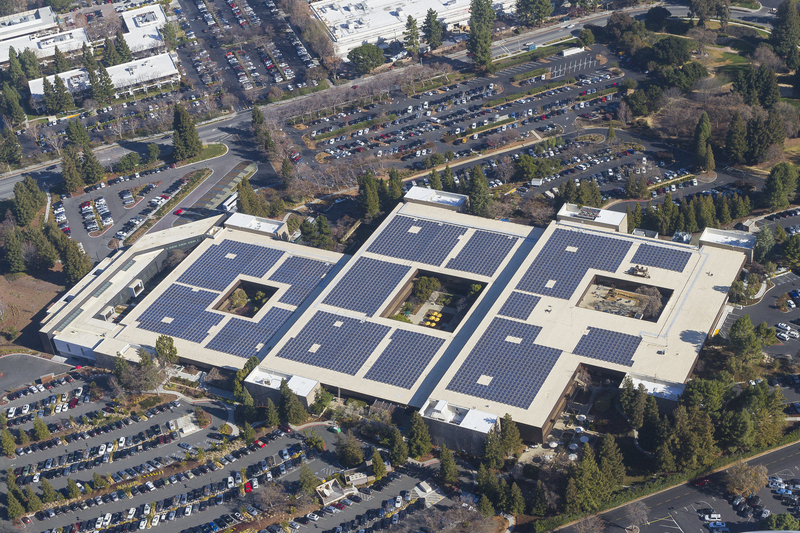How do you typically use a cover board in the roof build up?

A roof cover board is used between the insulation and the outer waterproofing layer. The boards can be used with a wide variety of waterproofing finishes including metal standing seam, multi-ply, bituminous, liquid applied, mechanically fixed and partially or fully adhered single ply systems. Cover boards can offer resistance to damage to the waterproofing layer caused by foot traffic, hail strikes or dropped tools. Insulation such as mineral fibre, expanded polystyrene and PIR can also benefit from the presence of cover boards as the boards can provide resistance to the compressive forces caused by active or static loads on the roof.
How to install a cover board in a typical single ply roofing application
The roof cover board is usually placed above the insulation and below the waterproofing layer. The installation of all the components up to that point, including the insulation, will be in line with the manufacturer’s guidance for each particular product.
The cover board is then placed over the insulation layer and can either be adhered to the insulation below or mechanically fixed through to the decking – this will depend on the insulation type and overall design specification for the roof.
Where an adhered single ply membrane is used, a cover board that is compatible with the adhesive should be chosen. Cover boards provide a smooth flat surface upon which the adhesive can spread evenly to help promote an improved bond between the board and the single ply membrane. This can increase the integrity of the roof and increase the wind uplift resistance.
The cover board can also help safeguard the insulation layer below from compression caused by heavy plant on the roof or foot traffic due to routine maintenance or access walkways. Compression of insulation can impact its thermal performance so the cover board can also help protect the thermal integrity of the roof assembly.
How do I decide which roof cover board is best for my project?
The performance requirements of the roof on your project, such as its fire resistance, wind uplift performance, acoustic requirement and weather resilience requirements can all be influenced by the choice of cover board.
Non-combustible roof cover boards are a popular choice, as they can increase the fire resistance of the roof should a fire start on the outside. The cover boards can slow down the spread of flame across the roof, reducing the rate of damage before the fire can be extinguished.
It is possible to also include a second board directly over the deck, called a roof substrate board (include link to blog). This can help protect the roof from the effects of fire starting from inside the building. Roof substrate boards are often used in conjunction with cover boards in specifications for mission critical buildings , which must operate 24/7 without interruption.
Non-combustible boards also have the advantage of being dense and this can help increase the overall roof integrity, improves the resistance of the waterproofing membrane from puncture and can enhance the acoustic performance of the roof.
Georgia-Pacific is experienced in providing a range of DensDeck® non-combustible mat faced roof cover boards for use in large commercial projects. DensDeck® Roof Board is classified as A1 in accordance with EN 13501-1 and non-combustible as described and tested in accordance with ASTM E136. If you would like to discuss how our boards could help with your next project, please contact our team for advice today.
Contact Us
Start your project or simply get specification advice by dropping us a message.
One of our team will be in touch as soon as possible.